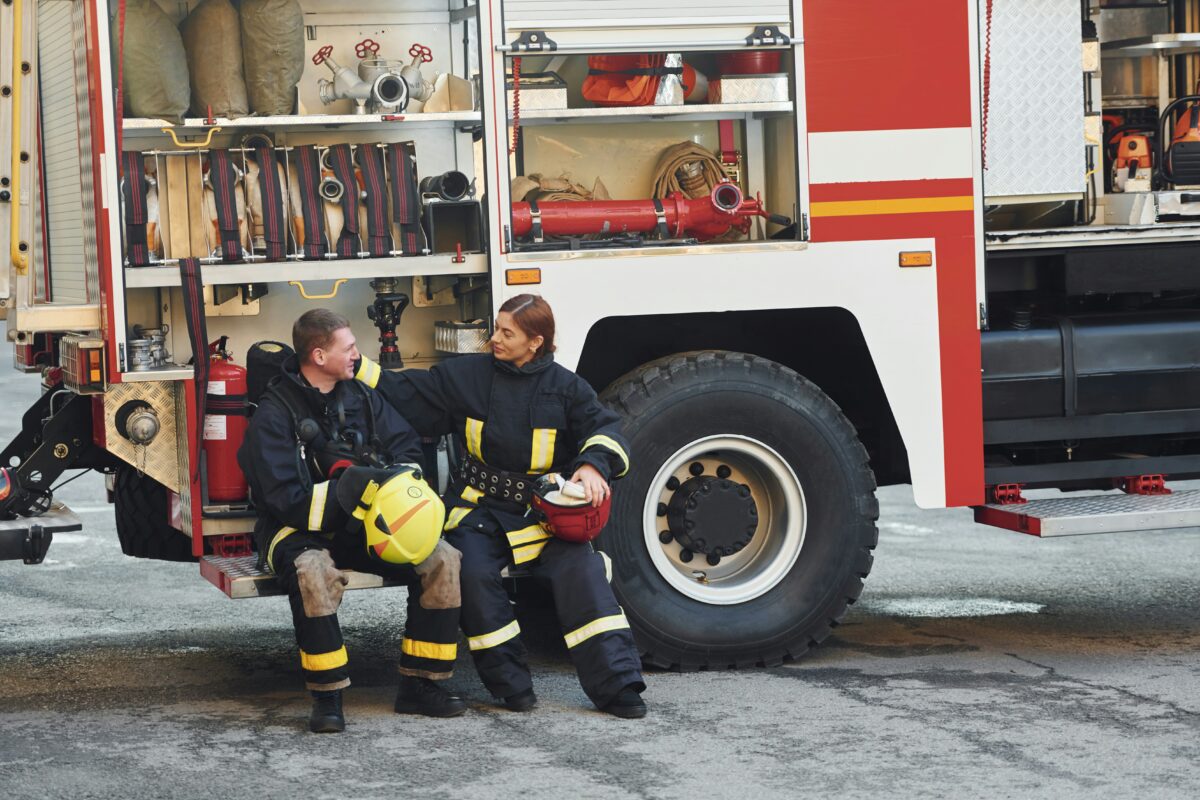Fire safety has become a critical component of infrastructure planning and building management in today’s fast-paced world. As urban environments grow more complex and buildings integrate advanced technologies, the need for comprehensive fire safety solutions continues to evolve. Designing a system that meets code requirements and anticipates and mitigates fire hazards is essential to protecting property and lives.
A well-rounded fire safety strategy begins long before construction starts. It must consider architectural design, occupancy types, risk assessments, and maintenance protocols. Through proactive planning and the integration of reliable technologies, facilities can enhance their resilience against fire incidents and reduce long-term liabilities.
Understanding the Foundation of Fire Safety Design
To develop a comprehensive fire safety solution, one must first understand the basic components contributing to fire risk. These include sources of ignition, fuel materials, and the presence of oxygen—all of which can combine quickly under the right circumstances. Evaluating these factors in a building’s design phase helps identify vulnerabilities before they become threats.
Additionally, recognizing how people move through a building during a fire is equally important. Egress routes, stairwells, and exit signage must be planned to facilitate swift and orderly evacuations. This human-centered approach ensures that fire safety systems serve as preventative mechanisms and life-saving pathways in emergencies.
Integrating Detection and Suppression Technologies
Detection systems form the first line of defense by alerting occupants to the presence of smoke or fire. Modern systems use a range of sensors—smoke, heat, and flame detectors—that can communicate with centralized panels for instant notification. These systems are essential in giving people the time to escape and allowing fire departments to respond more efficiently.
Suppression systems complement detection by actively working to contain or extinguish fires. Whether using water-based sprinklers, gas suppression, or foam agents, the proper suppression method depends on the type of building and its contents. For example, data centers require suppression systems that won’t damage sensitive electronics, while warehouses may need high-pressure sprinklers for broader coverage. Matching the right tools to the environment greatly improves safety outcomes.
Designing for Passive Fire Protection
While active systems like alarms and sprinklers are vital, passive fire protection often makes the difference in containing fires and minimizing structural damage. This involves strategically using fire-rated walls, floors, doors, and ceilings to compartmentalize fire and smoke. These features slow the spread of flames, giving people more time to evacuate and helping emergency services gain control.
Material choice also plays a pivotal role in passive fire protection. Using non-combustible building materials or applying fire-resistant coatings to surfaces enhances a structure’s ability to withstand high temperatures. As regulations grow stricter and building codes evolve, integrating passive elements from the ground up ensures that the building remains compliant and secure throughout its lifecycle.
Maintaining and Testing Safety Systems
Even the most sophisticated fire safety systems require regular inspection and maintenance to remain effective. Dust accumulation, outdated software, or damaged components can render detection and suppression tools useless during a fire. Building managers must create a schedule for testing alarms, checking battery backups, inspecting sprinkler heads, and evaluating system responses under simulated conditions.
Ongoing training also ensures staff know how to respond to a fire emergency. Regular fire drills and equipment demonstrations help instill confidence and quick reaction times among occupants. Furthermore, documenting every test, repair, or system upgrade builds a strong compliance record, which can be crucial in legal or insurance matters after an incident.
Tailoring Safety Strategies for Unique Environments
Every building is different, and so are its fire safety requirements. Hospitals, for instance, require special protocols due to immobile patients and sensitive medical equipment. Meanwhile, manufacturing facilities must address the hazards of flammable chemicals or heavy machinery. Customizing solutions based on use cases ensures better protection and minimizes operational disruptions.
Environmental factors also shape fire safety designs. In wildfire-prone regions, buildings may require external sprinklers or fire-retardant landscaping. For high-rise towers, pressure-regulated stairwells and rooftop evacuation plans become vital. By understanding each environment’s challenges, designers can craft solutions that anticipate and adapt to fire risks.
Embracing Innovation in Fire Safety
As technology continues to advance, new tools emerge to bolster fire protection. Intelligent building systems now integrate fire safety components with building management platforms, allowing real-time monitoring and automation. For instance, if a fire breaks out, elevators can be automatically recalled, ventilation can be shut down, and emergency lighting can be triggered instantly.
Additionally, predictive analytics can forecast potential fire risks based on historical data and environmental patterns. AI-driven software can identify system failures before they occur, offering a more proactive approach to maintenance. Embracing such innovations boosts safety and enhances operational efficiency and cost-effectiveness.
Creating a Culture of Fire Awareness
Technical systems alone are not enough; cultivating a culture of fire awareness is equally crucial. The entire system becomes more effective when people understand their role in preventing and responding to fire incidents. Educational programs, signage, and visible instructions ensure everyone—from employees to visitors—knows what to do in an emergency.
Moreover, leadership plays a pivotal role in reinforcing safety values. When managers prioritize fire preparedness, allocate proper resources, and openly communicate risks, they set the tone for the rest of the organization. This cultural commitment transforms safety from a checkbox into a core part of daily operations.
Building comprehensive fire safety solutions requires more than just installing alarms and sprinklers—it involves thoughtful planning, system integration, routine testing, and user education. Every active or passive component must work in harmony to protect people and property. As buildings become smarter and risk more complex, taking a holistic and adaptive approach to fire safety will remain a fundamental responsibility for architects, engineers, facility managers, and organizations alike. We can create safer environments for everyone through vigilance, innovation, and collaboration.

